Find Your Standard
Just a few simple steps will take you to the right standard you need
Start by indicating the type of user you are – architect or specifier, builder or end user. Then, select your engineered wood product and how you want to use it. Is it for floors, walls, roofing or even in a non-structural application?. For a specific performance characteristic, choose from the drop down list.
That’s all we need to know to quickly build your list of the key EU and UK constuction standards for that specific product and application. The selection tool also helps manufacturers quickly make sure they have complied with the required standards.
For an alternative way of selecting, see our Standards by Category section here.
Plywood: biological durability – guidance for the assessment of plywood for use in different use classes
This covers specific engineering values for design ie determining the characteristic five percentile values for mechanical properties and 50 percentile values for physical properties from test data
For a boil test, (BS) EN 1087-1 provides a test method for evaluating OSB bond quality
This standard specifies how to determine duration of load and creep factors. Use to determine mechanical durability or take the appropriate modification factors from (BS) EN 1995-1-1
Specifies two aspects for floor decking: how to determine the strength and stiffness under a point load and separately impact resistance. See also (BS) EN 12871
This now withdrawn standard was used to determine formaldehyde content for OSB
(BS) EN 12114 determination of and how to express the air permeability coefficient
Provides information on the characteristic values for the use of plywood in structural design
